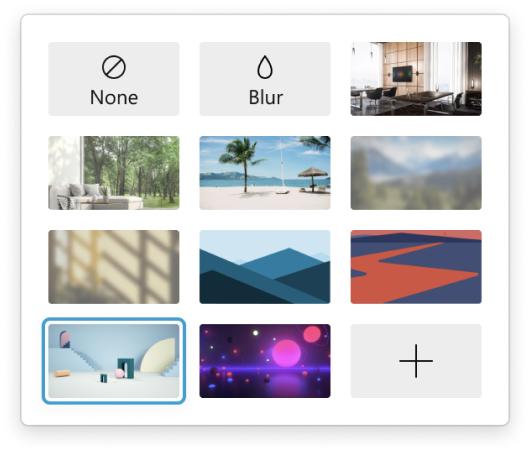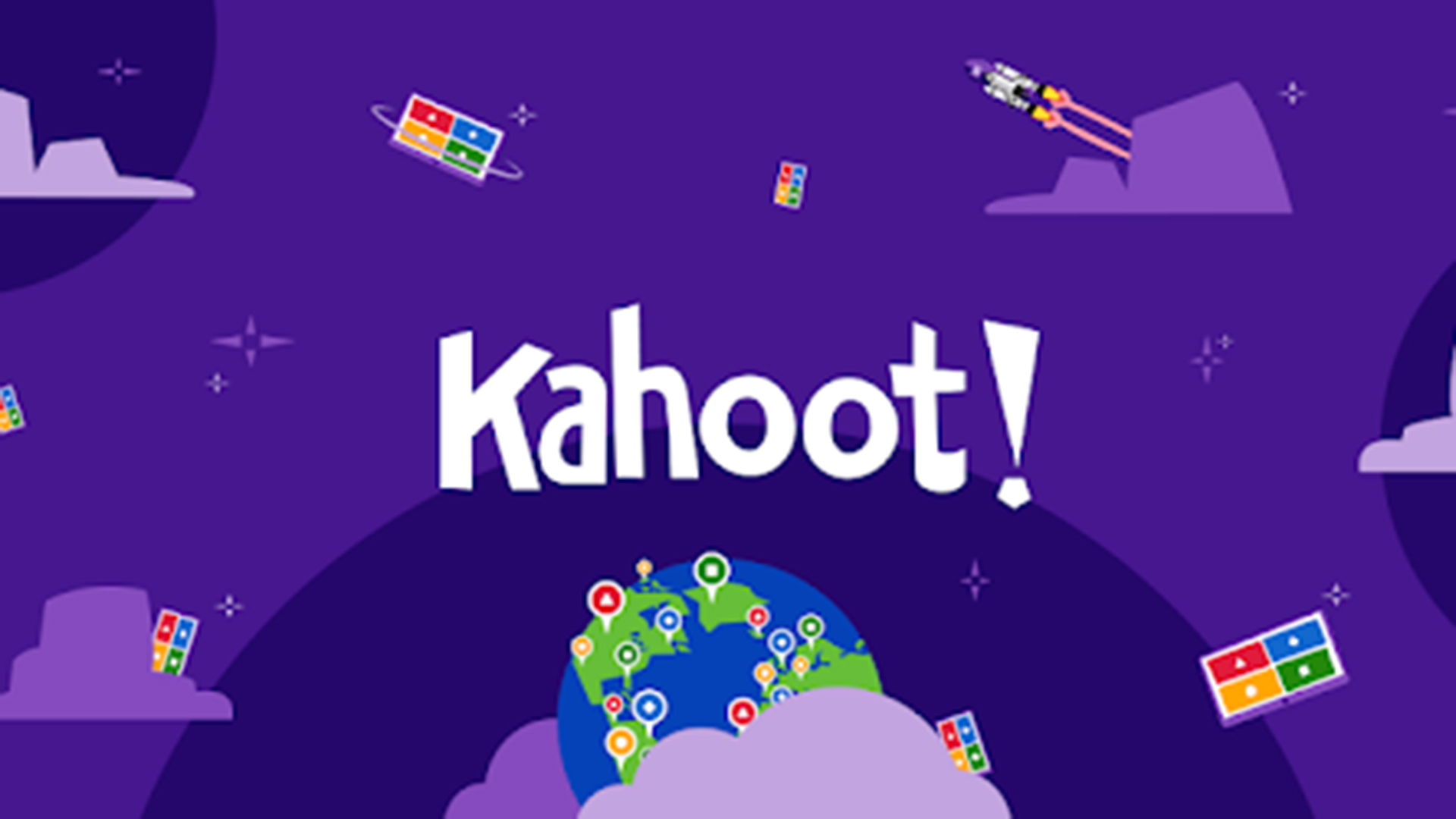Today was filled with introductions into some of Cisco’s main architectures: areas of focus for which Cisco has a variety of products; often, entire companies that were purchased recently and incorporated into the Cisco framework. Cisco Meraki is such an architecture: purchased in 2012, Meraki features routers which, through connection to a WAN (wide area network), are all connected to the same cloud and therefore all accessible by Cisco Service (and all routers and Access Points are accessible from one spot by the consumer). Another key feature of cloud-connected routers is that sending instructions that are wanted throughout an entire system, not just one LAN, is made easier: instructions only have to be stated once on a higher level, increasing efficiency and ease of use for the consumer. Cisco Meraki is the simplest of the three architectures we were introduced to today, but there is still much more to it than is explainable in text.
The next architecture introduced was Cisco’s Data Centers: Data centers are, as the name implies, where data and applications are kept (centered) in an organization, and Cisco’s specific Data Center products/services were way too complex for me to understand in the 30 minutes we had with Jack Calvert, a Cisco employee tasked with explaining it to us. To briefly gather what I did understand, Cisco has a variety of products that help a company’s Data Center become more secure & quick, relying on innovative technology such as high-speed switches and analytical applications for the consumer organization; because of the complexity of data centers, Cisco also has a huge market providing services in this area, like implementing and maintaining state-of-the-art security in addition to the servers themselves.
To finish our introductions for the day, we were presented a demo on AppDynamics, another company recently acquired by Cisco (2019), which provides an interface for software developers to quickly manage their applications (mainly to quickly find exactly where problems are occurring with transactions). AppDynamics features a layout that isn’t that hard to navigate, an impressive feat when dealing with data transfers, making it a very successful product despite its more niche demand than the other two products.

A picture of Cisco employees’ diagram of where data is getting transferred to, with the end goal of setting up the layout for AppDynamics. As is seen… this gets pretty complex.
Essentially, today was all about understanding the products that we will eventually have to pitch to a hypothetical CA inquirer.




